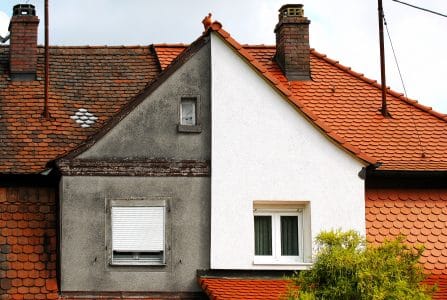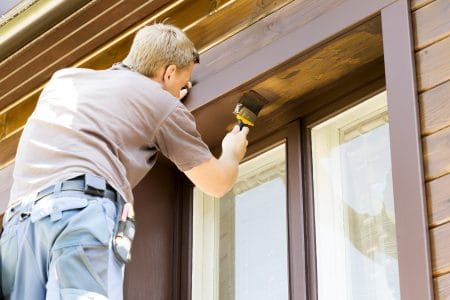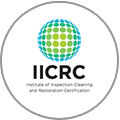Historic Homes
It is important to your home’s health to understand the needs of a historic building. A home is considered historic by the National Register of Historic Places or a local historic board if it has a signature architectural style, captures the essence of a given time period, is associated with famous people or events from the past or is deemed architecturally significant. But when making the decision to buy a historic home there are some major considerations, especially when it comes to water damage restoration.
The Maintenance
First and foremost, when you decide to buy or fix up your historic home it is essential to have a plan. Making sure your house meets safety and health standards should be first priority. Lead and asbestos are common in historic homes and can be dangerous to you and your family’s health. It is important to contact a certified restoration company and not put yourself in danger by attempting to remove them yourself.
Before the Project:
- Familiarize Yourself with the History. Know who lived there, when they lived there, what happened there and if these kinds of things matter to you moving forward. This kind of information can help you decide what kind of treatment you want to complete.
- Rehabilitation: acknowledges the need to alter or add to a historic property to meet changing uses while retaining the property’s historic character. This type of home would include modern electrical, mechanical and plumbing systems; a modern kitchen and other attributes of a present day home.
- Restoration: the action of returning the home to its former condition at a particular period of time in its history. Keep in mind, full restorations are rare and most homes upgrade plumbing and electricity.
- Evaluate Existing Additions. Previous work is likely to have been done on your home. Keep those that are compatible and of the same or better quality as the home; remove any poorly designed or executed changes.
- Be Aware. Special permits are usually required and restrictions on renovation occur in order to preserve the home’s true natural and original construction *Additions for more square footage are rarely approved*
- Keep an Eye out for Water Damage, especially around ceilings, floors and windows. It is common in older homes and can be a warning sign for a more severe structural issues. Water Damage can have long term effects that may ruin the design and appeal of your historic home.
During the Project:
- Pay Attention to Detail. Any changes to the house should be done with great detail. Use materials, textures and colors similar to those of the original building to preserve its history.
- Use Caution when Integrating Modern Items. It is tempting to desire all the modern luxuries but historic homes cannot always accommodate that. Know how your home will support technology properly by breaking down systems into smaller units. Keep changes as non-intrusive to the house’s design as possible.
- Preserve History. Make sure the additions to the home cannot easily be detected from the original and do not appear to be from another period which can give the appearance of falsifying the history.
- Start with the Roof, Windows and Masonry.
- Embrace the quirks. These are what make it an older home. The uneven floors bring charm; incorporate them in the design scheme instead of spending large amounts of money and time trying to level them.
- Stay Calm, Issues are Bound to Surface. Part of buying an older home is dealing with its baggage. Some common issues found with Historic homes are:
- Foundation or Structural Problems
- Hidden water damage (under carpets, behind tubs, inside walls/insulation)
- Puddles, clogged drains or sump pump issues in basements leading to water damage issues
- Sagging roof lines and leaning chimneys
- Hazardous materials (lead, asbestos, mold, mildew, termite damage)
- Inefficient windows and bad insulation
- Electrical problems
Reliable Restoration is Always Here.
The restoration process is stressful no matter what kind of home you have. If water damage occurs to your home, call Reliable Restoration. We provide 24/7/365 disaster restoration services specializing in water damage restoration as well as mold. We aim to alleviate all the unnecessary stress from your life. Visit us at: www.choosereliable.com or contact us at: (678) 325-1633. Remember at Reliable Restoration, your family is our family.








